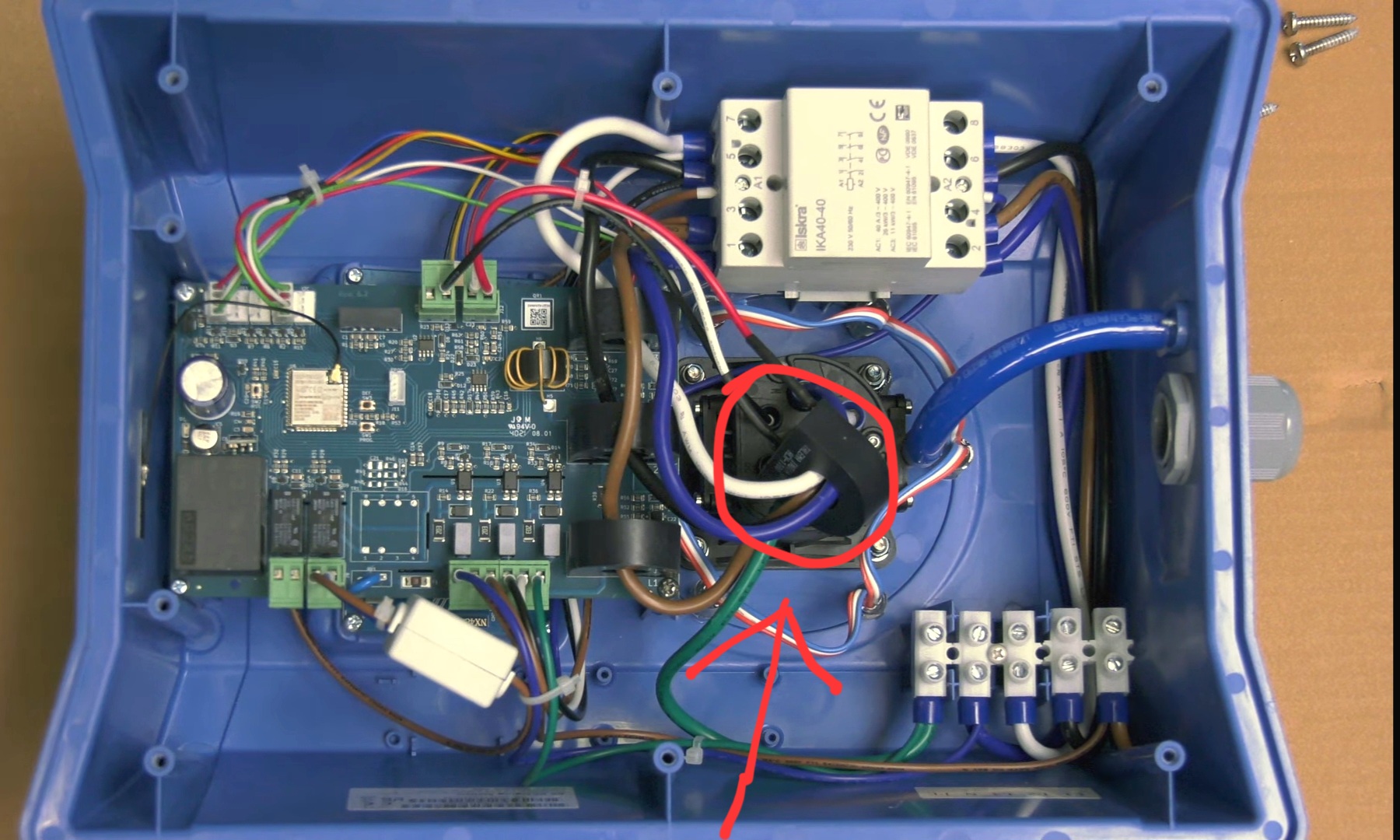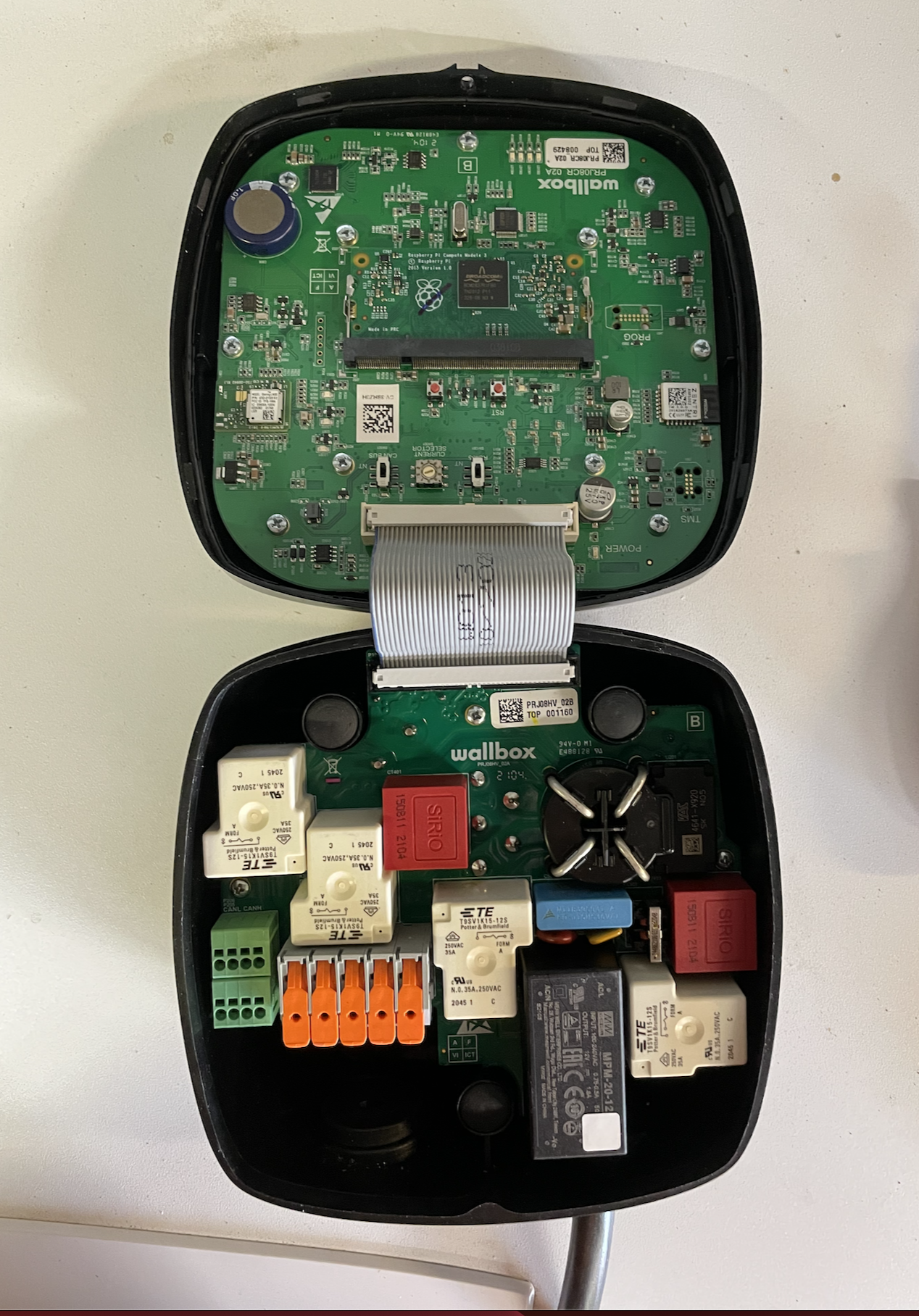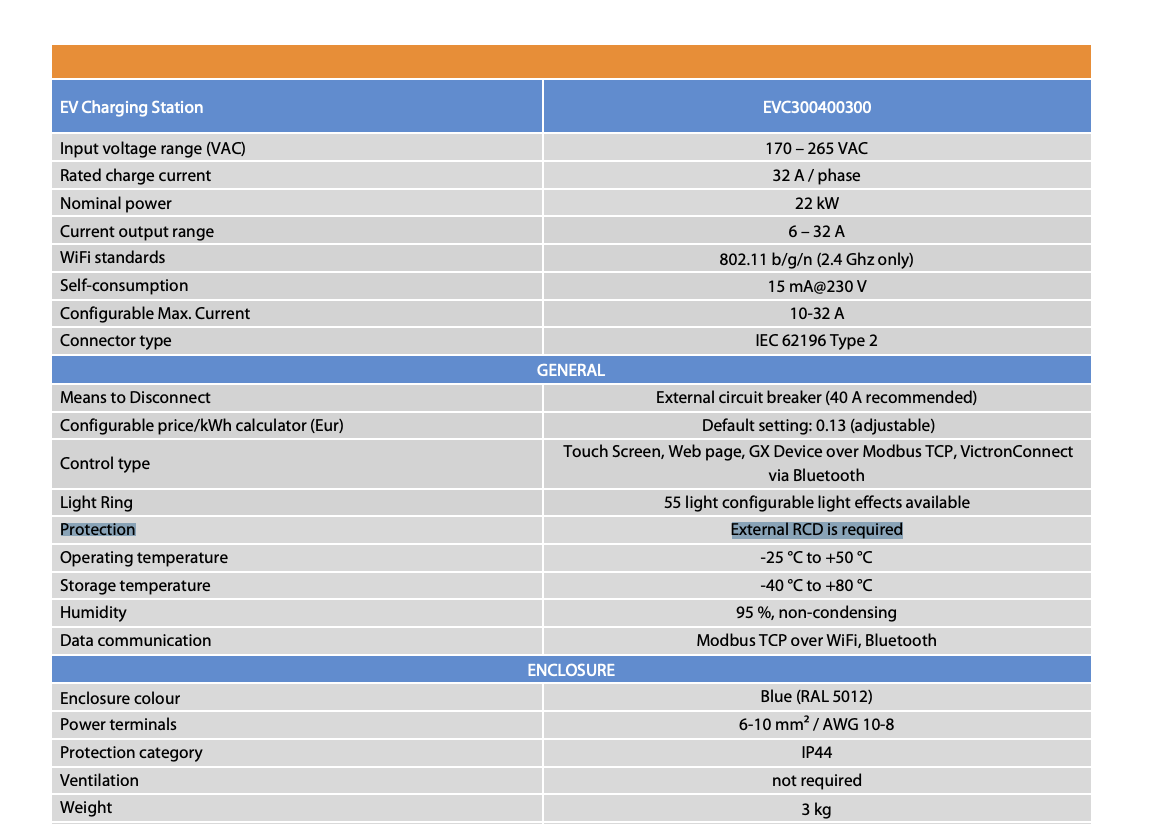Last week I installed the Victron EV charging station in the car port by our house (ie a garage without walls). Essentially it replaces an existing double 13A UK outlet. I decided on the Victron model because of its integration with the house ESS system, and first impressions are favourable so no regrets. (Not seriously tested yet).
Has anyone else installed the EV charging station in the UK with a similar set up? If so what additonal measures, if any, were taken with regard to a possible Protective Earthed Neutral fault on the supply. I contacted Victron directly for a comment/clarification on this point concerning UK regulations and received neither acknowledgement nor reply. Much is available on-line to read on this matter but there seems not to be a consensus as to when additional safety measures are needed and the correct (easiest) action to take. Can you help? If you have had the Victron charger installed in a car port what did your installer do?
Thanks in advance for any feedback.
Regards,
David





